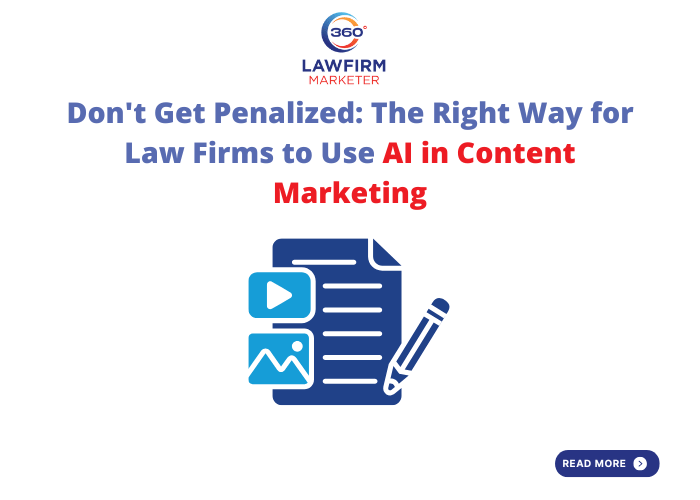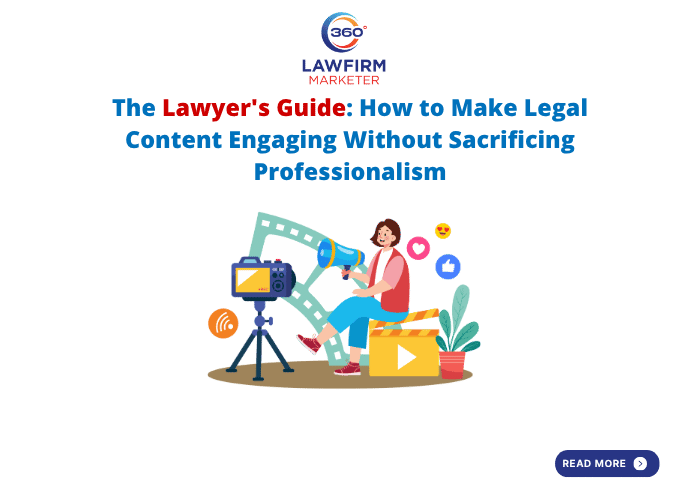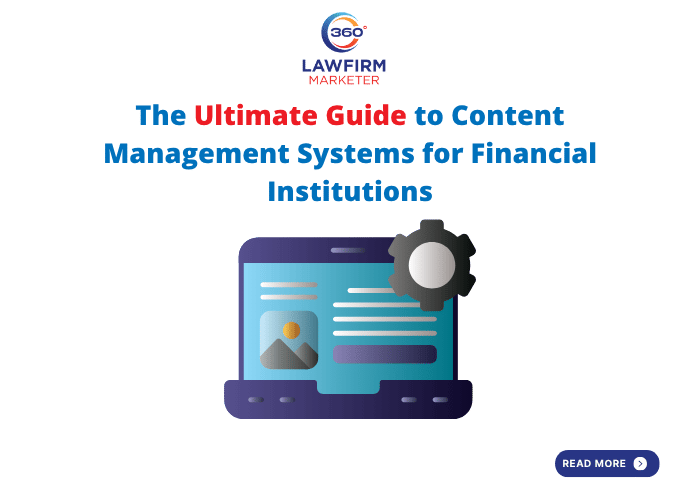Don’t Get Penalized: The Right Way for Law Firms to Use AI in Content Marketing

The legal industry has entered an era defined by the Artificial Intelligence paradox: the promise of revolutionary efficiency is matched by the fear of professional ruin. For law firms, this isn’t merely a technological challenge; it is a high-stakes ethical and regulatory tightrope walk. Every managing partner, from Am Law 100 firms to boutique practices, is grappling with the same question: How do we leverage the speed of AI to generate content and leads without violating State Bar rules or triggering a catastrophic Google penalty that could erase our online visibility overnight?
The ability to maintain high content quality, ensuring every piece reflects deep legal expertise and trustworthiness, is fundamentally tied to long-term SEO success. By delegating the creation of compliant AI workflows to trusted experts, firms can leverage the efficiency gains of technology while focusing their lawyers’ precious time on practicing law and serving their clients.
Decoding Google’s Mandate: Why Quality Outranks AI Origin
Let’s first address the persistent myth: Google does not penalize content simply because it was generated by AI. Google has consistently stated that its focus is on the quality, helpfulness, and originality of the content, regardless of whether it was written by a human or a machine.
However, this distinction becomes far more rigorous for the legal profession. Legal advice, financial guidance, and health information fall under Google’s Your Money or Your Life (YMYL) classification. For YMYL content, the bar for quality is exceptionally high, centered on demonstrating verifiable E-E-A-T: Experience, Expertise, Authoritativeness, and Trustworthiness.
The reality is that generic, low-effort AI content struggles to meet the E-E-A-T standard because it lacks the one element only a human lawyer can provide: first-hand experience. When firms rush to mass-produce hundreds of pages using a generic prompt, they flood the internet with repetitive, surface-level information. Google’s algorithms, particularly those focused on its Helpful Content System, are designed to detect and demote this type of mass-scale, low-value material. The penalty, therefore, is not for using AI, but for using AI to create unhelpful content that exists solely to manipulate search rankings.
The E-E-A-T Augmentation Strategy
To ensure content is both competitive and compliant, law firms must implement an E-E-A-T Augmentation strategy that places the lawyer at the center of the content lifecycle. This is where AI moves from being a liability to a powerful force multiplier for existing legal knowledge.
The winning approach is to start with the attorney’s proven expertise and use AI to package it for the digital sphere. Here is how:
The ‘Force Multiplier’ Workflow
- Start with Expertise: Instead of prompting AI for a blog post from scratch, ask the supervising attorney to record a 15-minute voice note or video memo detailing their answer to a frequently asked client question. This raw material contains the vital ingredient: unique experience and personal insight.
- AI for Structure and Draft: Use AI to transcribe the memo, organize it into a structured outline with H2/H3 headings, and generate a polished first draft.
- Human Layering and Vetting: The attorney (or a legal content specialist) then takes this draft and performs the essential augmentation:
- Injecting Case Specificity: Adding non-confidential anecdotes, relevant jurisdictional details, and recent state or federal case citations that AI frequently misses or misrepresents.
- Tone and Voice: Ensuring the content aligns perfectly with the firm’s specific brand voice be it compassionate, aggressive, or detail-oriented which generic AI output often cannot maintain.
- Final Compliance Check: Before publication, a final human review ensures the content is not only accurate but also adheres to advertising ethics
This process reverses the typical flawed AI workflow. It doesn’t ask AI to create knowledge; it asks AI to package the firm’s existing, verified knowledge efficiently. This dedication to expertise and value is what Google rewards. If your firm’s current process involves outsourcing to a low-cost vendor who simply pushes raw AI text live, you are making one of the most critical content mistakes that leads to long-term reputational damage and catastrophic drops in search ranking.
The Non-Negotiable Ethical and Compliance Guardrails
While Google penalties are financial, ethical violations are existential. Legal content carries inherent risks because it impacts a person’s life, liberty, or wealth. Every law firm must internalize three core ethical rules that govern the use of AI in marketing.
- The Rule ofConfidentiality:
This is the most straightforward and absolute rule: Do not, under any circumstances, input confidential client information, case details, or privileged communications into a general-purpose AI tool. Tools like ChatGPT, Claude, and Gemini may use submitted data to train their models, creating a catastrophic, indelible breach of privilege. Attorneys must utilize strictly controlled, enterprise-level AI platforms with confirmed data retention and security protocols, or limit their input to public-domain knowledge.
- The Rule AgainstMisrepresentation:
Attorneys are accountable for every communication about their services. AI can “hallucinate” it can confidently present false information, misquote statutes, or fabricate case law. If an AI-generated blog post contains an inaccuracy that a client relies on, the attorney is solely responsible for the harm and the resulting disciplinary action. Furthermore, AI often generates language that implies guaranteed outcomes (“We guarantee maximum compensation”) or unsubstantiated claims, which are almost universally prohibited by state advertising rules. Rigorous, attorney-level fact-checking is not a luxury; it is a mandatory professional duty.
- The Unauthorized Practice of Law (UPL) Risk:
This is the danger of client-facing AI. If an AI chatbot on your website moves beyond offering general, public domain information (“This is how the divorce process works in Texas”) and offers case-specific advice (“Based on your income, you should file for Chapter 7 bankruptcy”), it has crossed into the Unauthorized Practice of Law. Any automated interaction must include a highly visible, unambiguous disclaimer: “I am an AI assistant and not a lawyer. Please contact our team for specific legal advice.”
Conclusion:
The integration of AI into legal marketing is inevitable and necessary for competitive advantage. The choice is not whether to use AI, but how to govern it. Firms that win in the coming years will be the ones that view technology as an enhancer of their lawyers’ expertise, rather than a replacement for it.
For many law firms, navigating the technical requirements of Google’s algorithms while simultaneously adhering to the complex and evolving rules of state bar associations is simply not feasible internally. It requires a dedicated, specialized team. This is precisely why strategic partnerships are essential for scaling safely. To successfully achieve consistent client acquisition, lead generation, and brand visibility without running afoul of the law or search engines, specialized digital marketing services tailored exclusively to the ethical and technical demands of the legal sector are paramount. By delegating the creation of compliant AI workflows to trusted experts, firms can leverage the efficiency gains of technology while focusing their lawyers’ precious time on practicing law and serving their clients.




